The ContextMenuStrip doesn't scale when its parent Form is dragged between monitors of different resolution/scaling. The ContextMenuStrip is correctly shown with correct scaling for whatever screen it is first displayed on but then it (incorrectly) keeps that same scaling when shown on any other screen (even if that other screen requires different scaling).
For example, when displayed for the first time on a 1920x1080/100% Scaling screen, the ContextMenuStrip scaling is correct:
If the Form is then moved to a 4k/250% Scaling screen, the ContextMenuStrip is shown at 1:1 scaling and, as a result, is far too small on the high DPI screen:
What is the best work-around for this issue?

